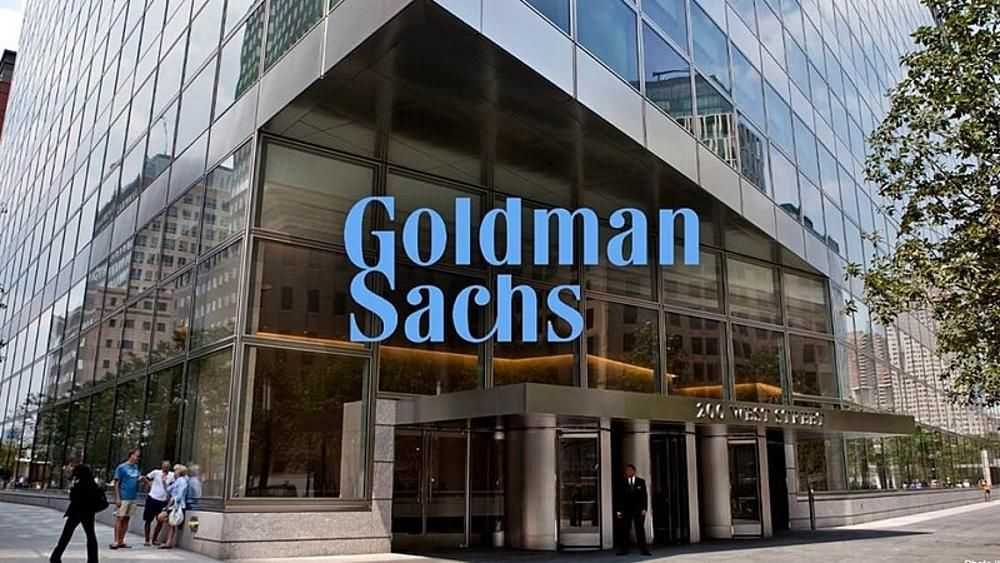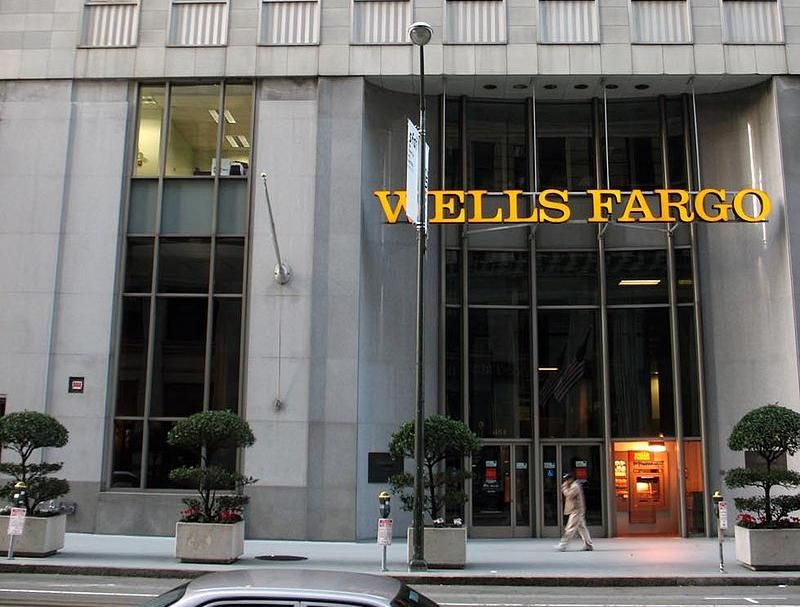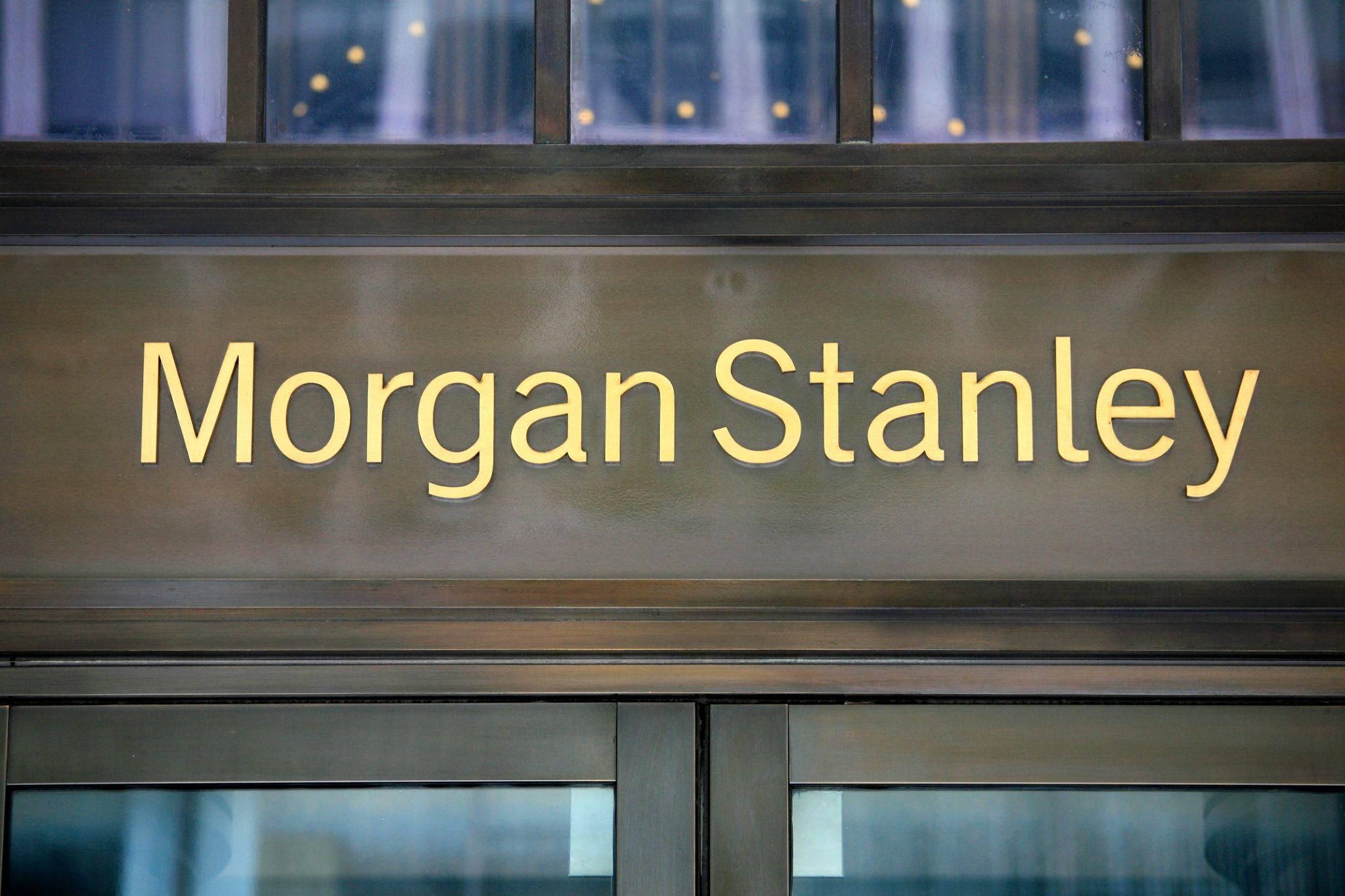Financial experts across the United States have raised concern in the wake of a report that suggests American banks have given over $1 trillion in loans to shadow banks.
Economists argue that issuing extensive loans to alternative lenders has exposed regular banks to a greater risk of debt.
Shadow Banks

The term “shadow bank” stems from a 2007 speech by economist Paul McCulley when referring to investment firms that act like banks in several ways but are not so.
However, should these alternative lenders end up in deep waters, they cannot borrow from the Federal Reserve like a regular bank. Nor do they have the same depositor’s insurance that covers funds, should they go under.
Alternative Lenders

Several large U.S. banks, including Wells Fargo and Citigroup, have recently increased the amount of loans issued to shadow banks.
Such loans have been issued to hedge funds, insurance companies, and private equity firms, which has worried many economists.
Over $1 Trillion in Loans Given Out

During the first month of 2024, outstanding loans to alternative lenders or non-depository financial groups breached the $1 trillion mark.
According to a report from the U.S. Federal Reserve, per Business Insider, this accounts for a 12% year-over-year increase from 2023.
Banks Continue to Make Money During Slow Period

Excessive lending to alternative lenders has become one of the banks’ fastest-growing forms of long-term income (via Bloomberg).
Public loans have decreased in previous years due to a slower economy, yet lending to shadow banks has ensured the banks continue to reach financial targets.
Worry Over Shadow Bank Lending

The increase in lending to shadow banks is seen as a slippery slope by many financial experts in the U.S.
Issuing loans to alternative lenders comes with plenty of “systemic risks,” according to The Financial Times.
Risks Associated With Alternative Lenders

Shadow banks are more likely to hand out loans to financial entities in hopes of a greater return, but as a much higher risk when compared to traditional banks.
As they are less regulated, they can work under greater risk to ensure maximum profit from loans.
Banks Exposed to Lower-Quality Loans

Financial experts, speaking with The Financial Times, explain the low regulations associated with shadow banks and how they expose traditional banks to several problems.
The most prevalent is that the alternative lenders work out lower-quality loans with the banks, leaving them at a much greater risk of potential debt.
Steady Increase of Loans to Shadow Banks

Since the introduction of a law in 2010 that forced banks to report loans made to financial entities such as shadow banks, they have increased drastically.
Over the past 14 years, the volume of lending issued to alternative lenders now stands at around 6% of all lending from banks. This now exceeds what is borrowed from car manufacturers and is not far off the total credit card debt.
Growing Risk Overseas

Last year, several financial experts across Europe made reference to the increased risks associated with shadow banks.
European Central Bank supervisor Andrea Enria explained that such alternative lenders threaten the entire financial system.
Looming Risks Associated with Shadow Banks

In 2023, Enria argued risks associated with non-bank financial intermediaries (NBFI), or shadow banks, could intensify over the next decade.
“Funding from NBFI entities is possibly one of the most significant spillover channels from a systemic risk perspective, given that NBFI entities maintain their liquidity buffers primarily as deposits in banks and interact in the repo markets with banks,” Enria said, per Reuters.
Banks Be Aware

Enria offered advice to the banks that has been reiterated on several occasions by leading economists around the world: Banks should be aware of the risks when dealing with alternative lenders.
“The key message is that we expect institutions to go beyond mere compliance with regulatory requirements when designing their approaches,” Enria said.
